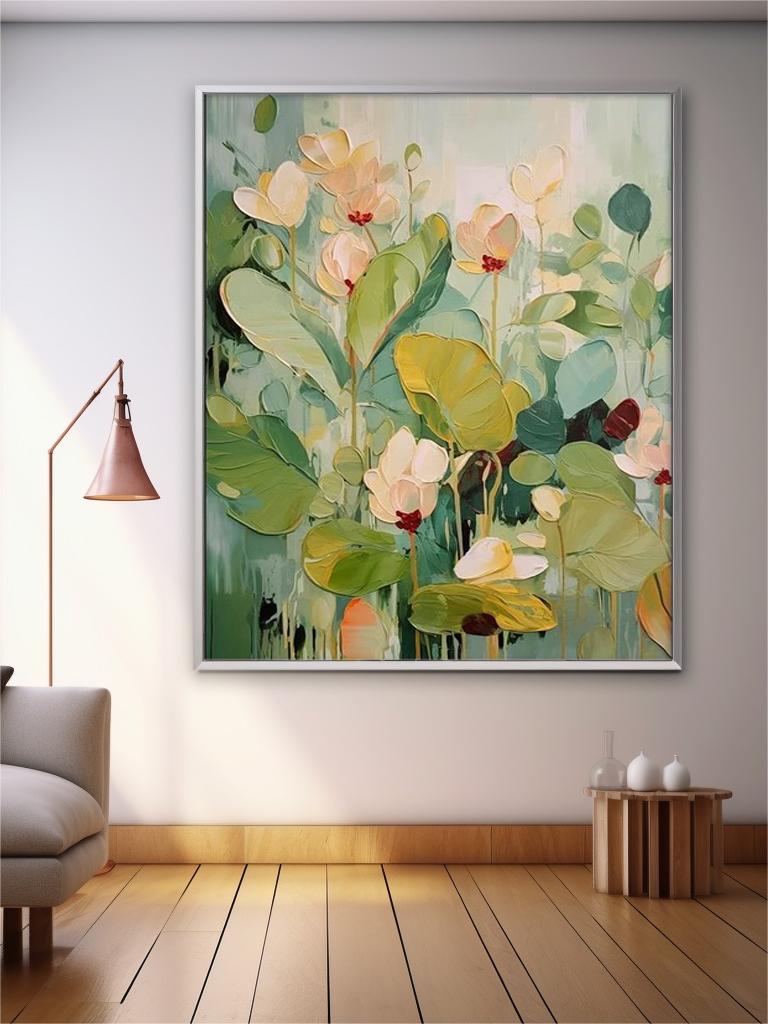Article: Unveiling the Enigmatic Origins of Abstract Oil Painting

Unveiling the Enigmatic Origins of Abstract Oil Painting
Introduction:
Abstract oil painting is a captivating artistic form that allows for the expression of emotions, ideas, and concepts through non-representational imagery. With its vivid colors, bold brushstrokes, and imaginative compositions, abstract oil painting has become a significant movement within the world of contemporary art. However, the origin of this influential art form remains shrouded in mystery. In this article, we delve into the enigmatic origins of abstract oil painting, tracing its evolution and the artists who paved the way for this revolutionary approach.

The Emergence of Abstraction:
Abstract art, which encompasses a broad range of styles and techniques, originated in the early 20th century. It marked a departure from traditional representational art, where the artist sought to capture an accurate depiction of reality. The shift towards abstraction was influenced by various factors, including the advent of photography, which rendered realistic representation less necessary.
The Influence of Wassily Kandinsky:
One of the pioneers of abstract art, Wassily Kandinsky, played a pivotal role in the development of abstract oil painting. A Russian-born artist, Kandinsky believed that art should transcend mere visual representation and instead evoke emotions and spiritual experiences. In his seminal treatise, "Concerning the Spiritual in Art" (1911), he discussed the power of color, form, and composition to convey deeper meaning.
Kandinsky's early works were rooted in expressionism, characterized by their dynamic brushwork and intense colors. However, it was his later works that truly embraced abstraction. Paintings such as "Composition VII" (1913) demonstrated his groundbreaking approach, where shapes and colors took precedence over recognizable objects. Kandinsky's influence laid the foundation for the abstract movement that followed.
The Impact of Piet Mondrian:
Another influential artist in the realm of abstract oil painting was Dutch painter Piet Mondrian. He sought to distill reality to its purest form by reducing elements to their basic geometric shapes and primary colors. Mondrian's iconic works, such as "Composition with Red, Yellow, and Blue" (1921), epitomized his quest for harmony and balance through abstraction. His grids and intersecting lines became iconic symbols of the movement, known as neoplasticism.
The Evolution of Abstract Expressionism:
Following the pioneering efforts of Kandinsky and Mondrian, abstract oil painting continued to evolve, culminating in the abstract expressionist movement that emerged in the mid-20th century. Artists like Jackson Pollock, Willem de Kooning, and Mark Rothko pushed the boundaries of abstract art, emphasizing the spontaneous and emotive nature of the creative process.
Abstract expressionism allowed artists to experiment with new techniques, such as pouring, dripping, and splattering paint onto the canvas. The resulting artworks often conveyed a sense of energy, movement, and intense emotion. Pollock's "drip paintings," in particular, became iconic symbols of this artistic rebellion.
The Legacy and Influence:
Abstract oil painting has left an indelible mark on the art world, influencing subsequent generations of artists and becoming a staple of contemporary art galleries worldwide. Its ability to transcend literal representation and evoke a range of emotions has captivated audiences and challenged traditional artistic norms.
Today, abstract oil painting continues to evolve and thrive, with artists exploring new techniques, materials, and concepts. From large-scale installations to intimate brushwork, the abstract genre continues to inspire and engage viewers, sparking conversations and pushing the boundaries of artistic expression.
Conclusion:
The origin of abstract oil painting can be traced back to the early 20th century when artists like Wassily Kandinsky and Piet Mondrian rebelled against traditional representational art. Their bold experimentation with color, form, and composition laid the groundwork for the abstract movement that





